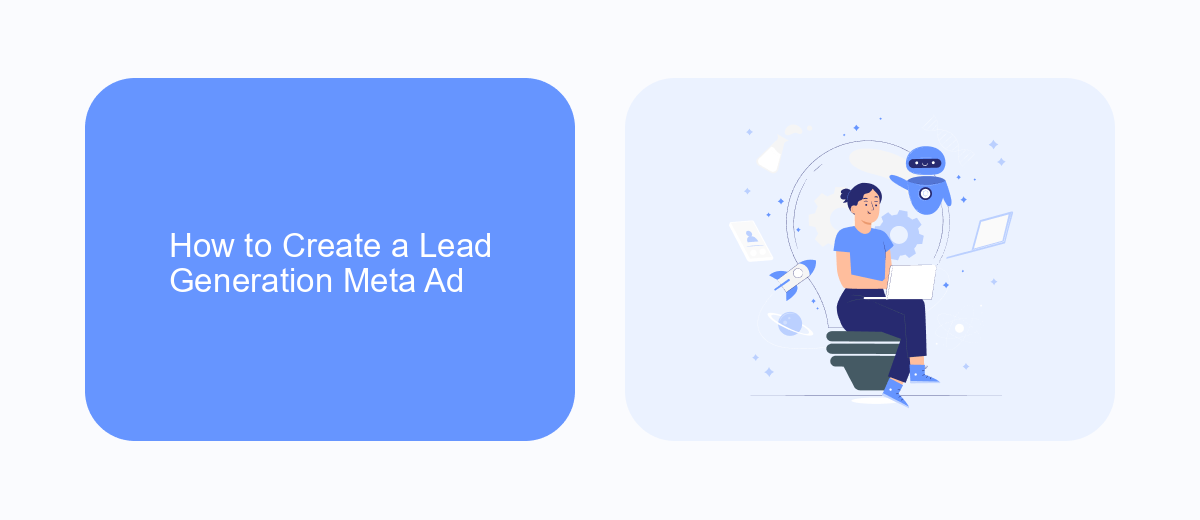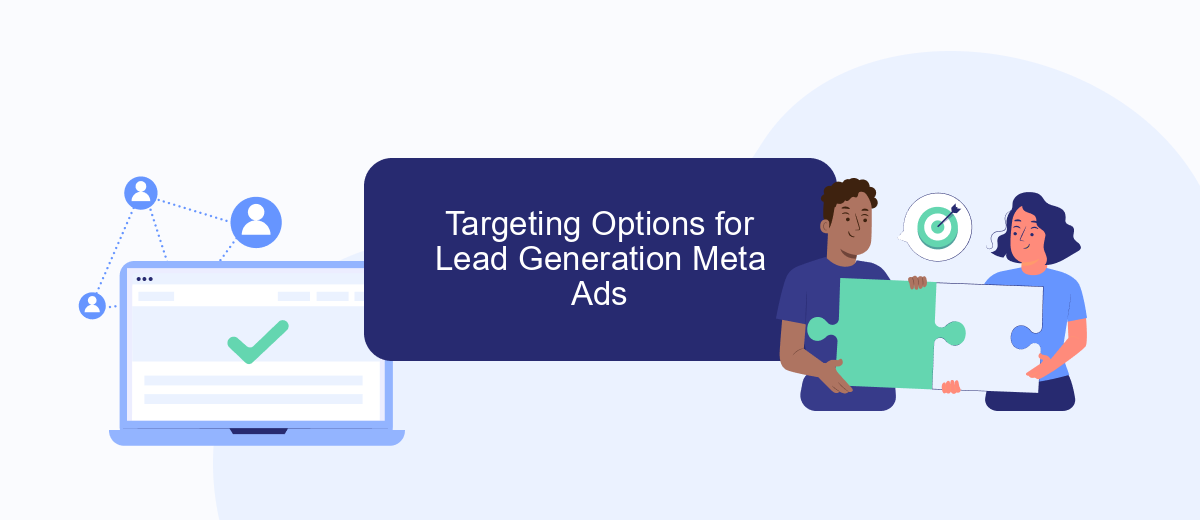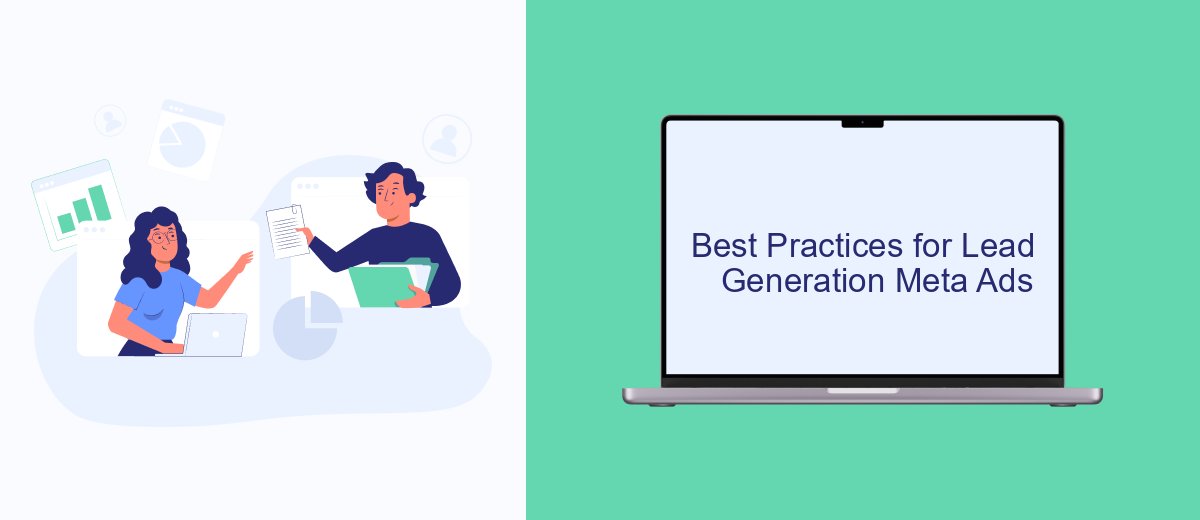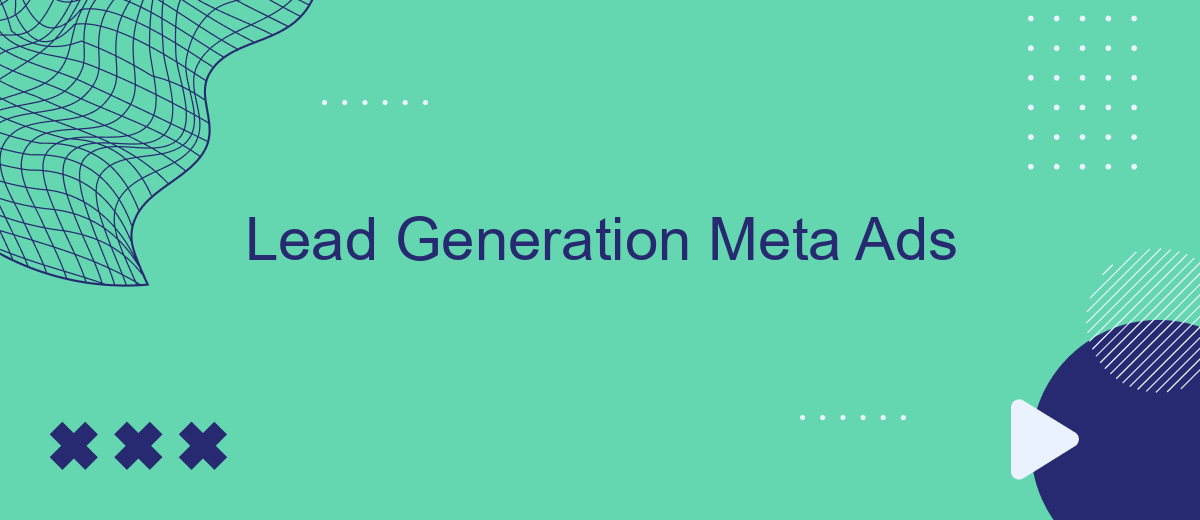In today's digital age, businesses are constantly seeking innovative ways to attract potential customers and generate leads. Meta ads, with their sophisticated targeting capabilities and extensive reach, have emerged as a powerful tool for lead generation. This article explores the strategies and best practices for leveraging Meta ads to maximize lead acquisition and drive business growth.
What is Lead Generation Meta Ads?
Lead Generation Meta Ads are a powerful tool for businesses looking to attract and convert potential customers through digital advertising. These ads are specifically designed to capture the interest of users and encourage them to provide their contact information, such as email addresses or phone numbers. By using targeted messaging and compelling visuals, Lead Generation Meta Ads help businesses build a database of qualified leads that can be nurtured into loyal customers.
- Targeted Audience: Reach specific demographics and interests.
- High Engagement: Use captivating content to draw attention.
- Data Collection: Gather valuable contact information directly from the ad.
- Cost-Effective: Optimize ad spend by focusing on lead quality.
- Easy Integration: Seamlessly integrate with CRM systems for follow-up.
By leveraging Lead Generation Meta Ads, businesses can streamline their marketing efforts and improve their overall conversion rates. These ads not only help in capturing leads but also provide insights into customer preferences and behaviors, enabling more personalized and effective marketing strategies. As a result, companies can build stronger relationships with their audience and drive sustainable growth.
How to Create a Lead Generation Meta Ad

Creating a Lead Generation Meta Ad involves several strategic steps to ensure you capture quality leads. Start by defining your target audience and objectives. Choose a compelling offer that resonates with your audience, such as a free eBook, webinar, or exclusive discount. Use eye-catching visuals and a clear, concise message in your ad copy to grab attention. Make sure your call-to-action (CTA) is strong and directs users to a lead form or landing page designed to capture their information efficiently.
Next, set up your ad campaign in the Meta Ads Manager. Choose the Lead Generation objective and configure your target audience based on demographics, interests, and behaviors. Integrate your lead form with a CRM or email marketing tool to streamline follow-ups. Services like SaveMyLeads can automate this process, ensuring that leads are instantly transferred to your CRM for timely engagement. Monitor your ad performance regularly, making necessary adjustments to optimize for better results and higher conversion rates.
Targeting Options for Lead Generation Meta Ads

Effective targeting is essential for successful lead generation through Meta Ads. By precisely defining your audience, you can ensure that your ads reach the right people, increasing the likelihood of conversions. Here are some key targeting options to consider:
- Demographic Targeting: Focus on age, gender, education, and income to reach specific segments.
- Geographic Targeting: Narrow down your audience based on location, such as country, city, or even postal codes.
- Interest Targeting: Utilize user interests, hobbies, and activities to attract potential leads who are more likely to engage with your ad.
- Behavioral Targeting: Target users based on their online behavior, such as purchase history or device usage.
- Custom Audiences: Upload your own customer lists or use website traffic data to retarget existing leads or visitors.
By leveraging these targeting options, you can create highly focused Meta Ads campaigns that resonate with your intended audience. This approach not only enhances the efficiency of your lead generation efforts but also maximizes your return on investment.
Best Practices for Lead Generation Meta Ads

Effective lead generation through Meta Ads requires a strategic approach to maximize engagement and conversions. Start by clearly defining your target audience, ensuring your ads are tailored to their specific needs and preferences. This helps in crafting messages that resonate and drive action.
Next, focus on creating compelling ad content. High-quality visuals, concise copy, and a strong call-to-action (CTA) are essential components of successful Meta Ads. Make sure your CTA is clear and directs users to a well-designed landing page optimized for conversions.
- Utilize A/B testing to determine the most effective ad elements.
- Leverage retargeting to re-engage users who have shown interest.
- Monitor and analyze ad performance regularly to make data-driven adjustments.
- Ensure your ads are mobile-friendly, as a significant portion of traffic comes from mobile devices.
Finally, integrating your Meta Ads with a CRM system can streamline lead management and follow-up processes. By adhering to these best practices, you can enhance your lead generation efforts and achieve better results from your Meta Ads campaigns.
Using SaveMyLeads to Enhance Lead Generation Meta Ads
SaveMyLeads is a powerful tool that can significantly enhance your Lead Generation Meta Ads by automating the integration process between your lead capture forms and various CRM systems. With SaveMyLeads, you can effortlessly connect your Meta Ads to platforms like Salesforce, HubSpot, and many others, ensuring that every lead captured is promptly and accurately transferred to your CRM for immediate follow-up.
By leveraging SaveMyLeads, you not only save time but also reduce the risk of losing valuable leads due to manual data entry errors. The seamless integration allows for real-time data synchronization, enabling your sales team to act quickly on new leads and improve conversion rates. Additionally, the platform offers customizable workflows, making it easy to tailor the lead management process to fit your specific business needs. This ensures that your marketing efforts are maximized, and your lead generation campaigns are as effective as possible.
FAQ
What is Lead Generation in Meta Ads?
How do I create a Lead Generation ad on Meta platforms?
What kind of information can I collect through Lead Generation forms?
How can I automate and integrate the leads I collect?
What are some best practices for optimizing Lead Generation ads?
Would you like your employees to receive real-time data on new Facebook leads, and automatically send a welcome email or SMS to users who have responded to your social media ad? All this and more can be implemented using the SaveMyLeads system. Connect the necessary services to your Facebook advertising account and automate data transfer and routine work. Let your employees focus on what really matters, rather than wasting time manually transferring data or sending out template emails.
